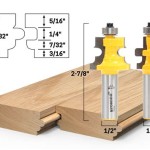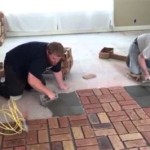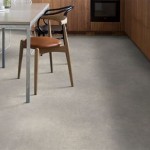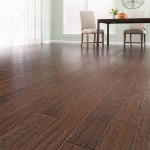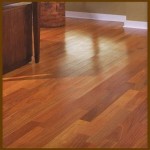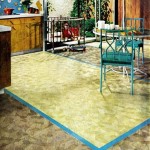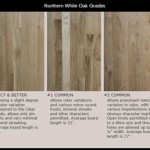Floating Engineered Wood Flooring Problems: Essential Aspects to Consider
Floating engineered wood flooring is a popular choice for homeowners due to its durability, affordability, and ease of installation. However, like any flooring material, it is not immune to problems. Understanding the potential issues associated with floating engineered wood flooring can help homeowners make informed decisions and take proactive steps to prevent or mitigate any problems.
Moisture Damage
Moisture is the primary enemy of floating engineered wood flooring. Excessive moisture can cause the planks to swell, warp, and buckle. This can lead to costly repairs or even the need for replacement. Proper moisture control in the subfloor, underlayment, and surrounding environment is crucial to prevent moisture-related issues.
Buckling
Buckling occurs when the planks of floating engineered wood flooring separate at the seams and rise upwards. This is often caused by excessive moisture, improper installation, or insufficient expansion gaps. Ensuring a moisture-free environment, following proper installation instructions, and allowing for adequate expansion space can help prevent buckling.
Creaking and Squeaking
Creaking and squeaking noises can be a nuisance with floating engineered wood flooring. These noises are typically caused by friction between the planks or between the planks and the underlayment. Proper installation, using a high-quality underlayment, and ensuring proper moisture levels can minimize creaking and squeaking.
Gapping
Gapping between the planks is another potential problem with floating engineered wood flooring. This can occur due to improper installation, moisture fluctuations, or settling of the subfloor. Leaving adequate expansion gaps during installation, maintaining a stable moisture environment, and addressing any subfloor issues can help prevent gapping.
Fading and Discoloration
Floating engineered wood flooring is susceptible to fading and discoloration, especially when exposed to direct sunlight or high levels of UV radiation. Protecting the flooring with curtains, blinds, or UV-resistant coatings can help preserve its color and appearance.
By being aware of these potential problems and taking proactive steps to prevent them, homeowners can enjoy the benefits of floating engineered wood flooring for years to come. Proper installation, moisture control, and regular maintenance are key to ensuring the longevity and beauty of this flooring material.

Common Floating Floor Problems And How To Fix Them

Flooring Fixing Methods Floating Floors Direct Wood Blog

Floating Floor Failure Causes Finfloor

Common Floating Floor Problems And How To Fix Them

What Is A Floating Floor Pros And Cons Esb Flooring

How To Fix Floating Floor Gaps The Easy Way

Take Steps To Avoid Noise Complaints With Floating Floors Wood Floor Business

Downsides Of Floating Engineered Wood Flooring And Beyond Blog

10 Major Disadvantages Of Installing Engineered Wood Flooring A Floor Guide Reallyfloors America S Est Hardwood

Advantages Disadvantages Of Floating Floors Floorings

